Meet the Team - Julie Hartup
November 2018
The Manta Trust network extends across the world, and is made up of dozens of passionate individuals, working to understand and conserve the manta and devil rays that share their corner of the ocean.
We want to introduce you to the people that make up the Manta Team, and we’re kicking off our inaugural ‘Meet the Team’ feature with Guam-based manta biologist, and the Founder/Director of the Micronesian Conservation Coalition, Julie Hartup!
Photo by Brad Holland.
Tell us about your first manta ray encounter.
Julie mid-way through taking the perfect ID photo! Photo by Brad Holland.
I had my first manta ray encounter 23 years ago in Grand Cayman as a fresh new scuba instructor. My dive partner was busy taking a picture of a critter in the coral, when I saw this huge majestic flying water bird coming my way. I was frozen in awe at its beauty, grace, and strength. As it was about to pass by, I thought to tap my dive partner. It will be an experience I will never forget and continue to feel with every interaction I have, be it with one or 50 manta rays.
How did you come to start researching manta rays?
I had moved to Guam with my family and decided to go back to school for my Masters degree in marine biology. I had been to Yap, an island near Guam, to dive with manta rays. It was in Yap diving with these majestic animals, seeing their social interactions with each other and with divers, that I decided I wanted to know more about them. Within the several months following that experience I was enrolled at the University of Guam, and decided to specifically study manta rays. I’ve been studying the different populations across Micronesia ever since.
What is the most surprising thing you have learnt about manta rays?
The most surprising thing for me is just how social manta rays are. A lot of past research suggested that manta rays are solitary animals, yet my experience studying them has shown quite the opposite. These species interact with one another in a very complex, hierarchical, and social way. Some individuals always seem to hang-out together more often than what you would expect by chance, and to me that’s absolutely fascinating.
What is the most challenging part of your work?
Manta rays are elusive and cryptic. Even though we have sites they often visit, one of the most challenging parts is documenting manta rays not just at feeding or cleaning stations, but during other parts of their lives - especially in the open ocean. Satellite tags are expensive, and often only give us a small time frame to peak into their lives. So it’s challenging to study and document these elusive periods of manta ray life.
Photo by Julie Hartup.
What legacy would you like to leave in your field of research?
Manta research has focused in areas that have large populations, but after studying the micro-populations in Yap and Guam it has become clear that we can learn new information about these animals specifically by comparing the differences between small and large populations. Studying these smaller populations can answer questions and bring to light new information about manta ray ecology.
To give you an example, we documented Guam’s manta rays targeting reef fish spawning aggregations, to feed off of the spawn being released. However, mantas in other parts of the world don’t seem very interested in fish spawn. This targeted feeding behaviour might change between different populations depending on the levels of productivity in the water. By studying the feeding behaviour of manta rays in different populations, we can better understand the flexibility of a manta’s diet based on what and how much food is available.
If you could ask people to do one thing to help - what would it be?
Getting involved with citizen science, especially as a SCUBA diver, has always been a great help to our research. However, the biggest thing people can do to help is donate directly to research. The number of governmental or private-sector grants for manta ray projects is small and often very competitive. Many projects worthy of funding never take off. My advice to people who want to help is to pick a project, a place, or even a particular species, that has some meaning to you, and help the specific scientists unleash the secrets of these amazing animals.
JULIE HARTUP
Micronesian Conservation Coalition




